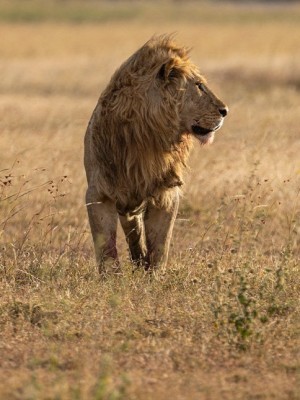

A Tanzanian safari, a must for your safari wish list. An amazing safari experience including Serengeti & Ngorongoro. A 4-star beach stay, on the beautiful beaches of Zanzibar a perfect ending.
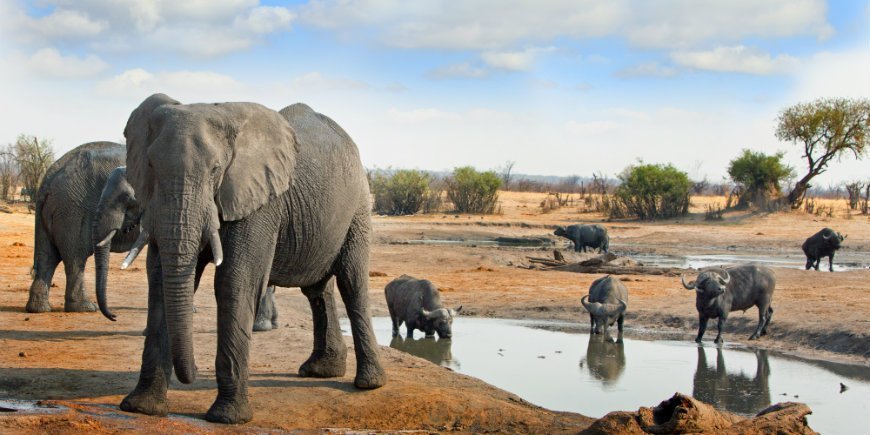
Many people go on safari in Africa to spot and take pictures of “The Big Five”, and you have probably heard the term before.
But do you know what “The Big Five” means? And why is “The Big Five” such a special thing to experience on a safari tour?
“The Big Five” is a synonym for these animals: the lion, the leopard, the elephant, the rhino and the buffalo.
It is an ancient hunting term used by big game hunters which has nothing to do with the physical size of the five animals, but the level of difficulty and the danger involved in hunting these animals. Today, the term is also used in conjunction with safari.
“The Big Five” are very different animals, but all of them are high on the list of people’s must-sees in Africa. Below you can learn more about each of them.
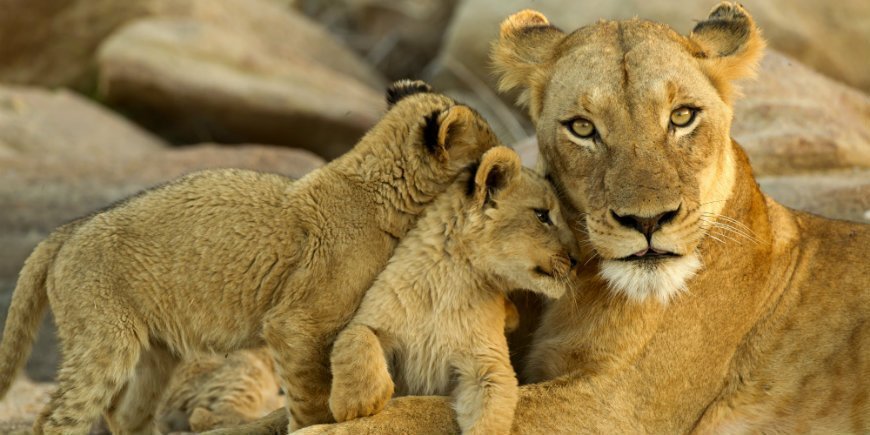
The lion is often synonymous with safari, and is therefore perhaps the most popular of “the Big Five”.
Some 20,000 lions live in Africa today, and you can see them in Tanzania and South Africa, to name but two countries.
Did you also know that: an old lion is a rare sight as lions often die in battle before reaching a high age? Lions in the wild typically live to around 10–14 years, while in captivity they can reach the age of 20.
The lion can most often be spotted on the savannah and in open grasslands. In the middle of the day, when it’s hottest, they usually find a shady spot to rest.
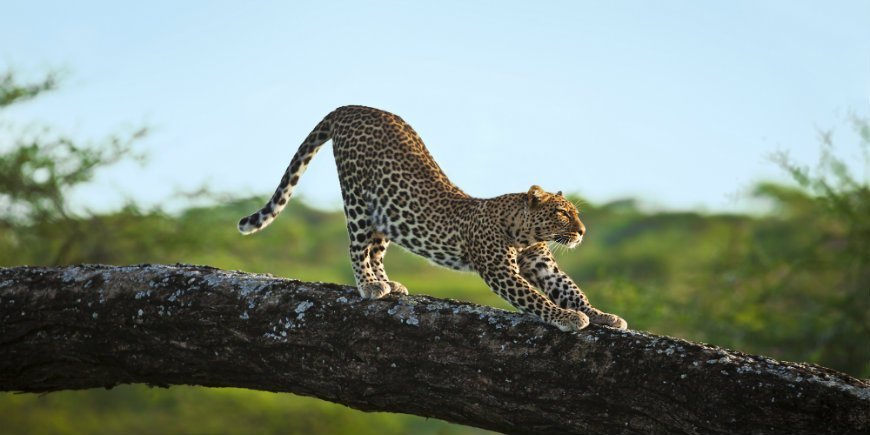
The leopard is a graceful cat known, among other things, for its spots.
The leopard lives in most parts of Africa, but it is shy of humans, making it hard to spot.
Did you also know that: Female leopards are good mothers? The female hides her cubs and moves them to safe places until they are old enough to learn to hunt.
The leopard is a master of concealment, but you might be lucky enough to spot it in deserts, on the savannah and in forests.
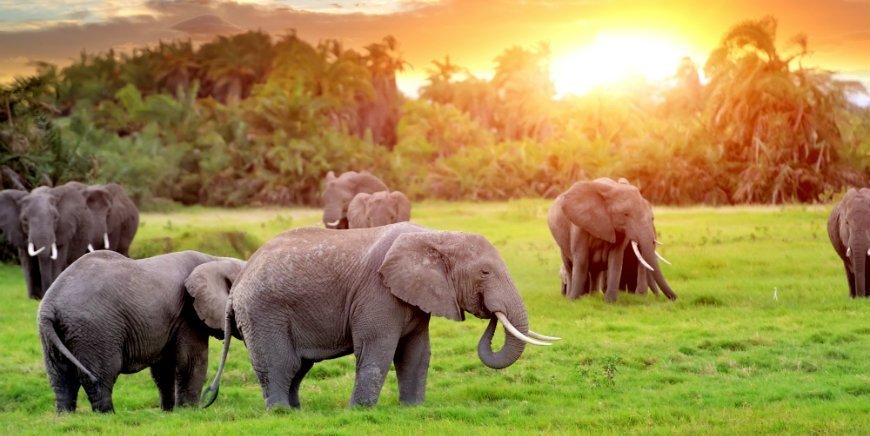
The African elephant (the savanna elephant) is the largest (and heaviest) land animal in the world, weighing on average 6,000 kg (and some up to 7,000 kg) In addition to its size, the elephant is known for its well-developed tusks.
Today, there are around 415,000 elephants in Africa.
Did you also know that: The African elephant can eat 150 kg of food a day?
Elephants are widespread in Africa, so you have a chance of spotting one on the savannah and in dense forest.
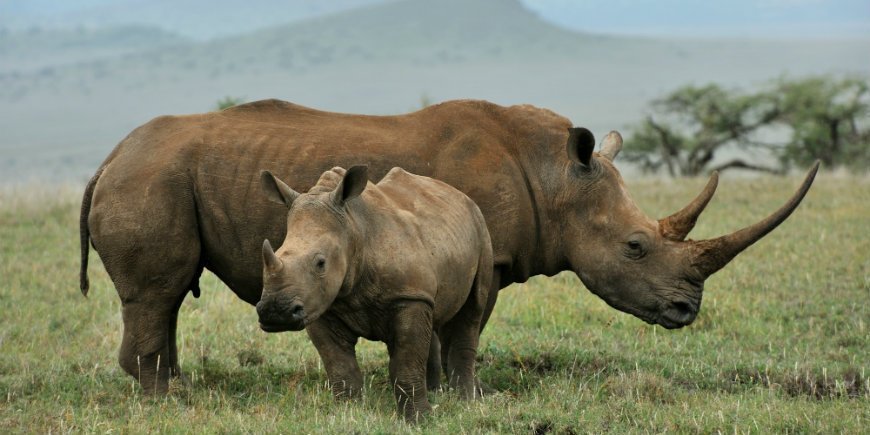
There are two kinds of rhinos in Africa: the black rhino and the white rhino.
Despite the name, both rhinos are grey, but the difference lies in the shape of their lips. Where the black rhino has prominent lips, the white rhino has wide, squared lips. The lips are crucial to what they eat.
Rhinos are the most endangered of “the Big Five”. The horns are coveted in Asia and the Middle East because they are said to have healing effects, making them worth a lot of money.
The black rhino is found in the south and east of Africa, including Kenya, Tanzania, Namibia, South Africa and Zimbabwe.
The Black Rhino is highly endangered, and, according to estimates from IUCN (International Union for Conservation of Nature) in 2024, there are only just over 6,400 of this rhino species left in Africa.
Did you also know that: The black rhino can move very fast and can reach a top speed of 55 km/h?
The black rhino like to be where there are lots of bushes and other food, e.g. in forest areas, savannah and wetlands.
The white rhino primarily lives in South Africa, but can also be found in countries including Kenya, Namibia and Zimbabwe.
It is less endangered than the black rhino and there are some 16,000 animals left in Africa.
Did you also know that: The white rhino name stems from Afrikaans, which referred to the rhino’s lips as wide (“wyd”), which was later mistranslated to “white”?
As the white rhino is less endangered than the black rhino, you are more likely to see it in Africa. The white rhino usually resides on grasslands and on the savannah.
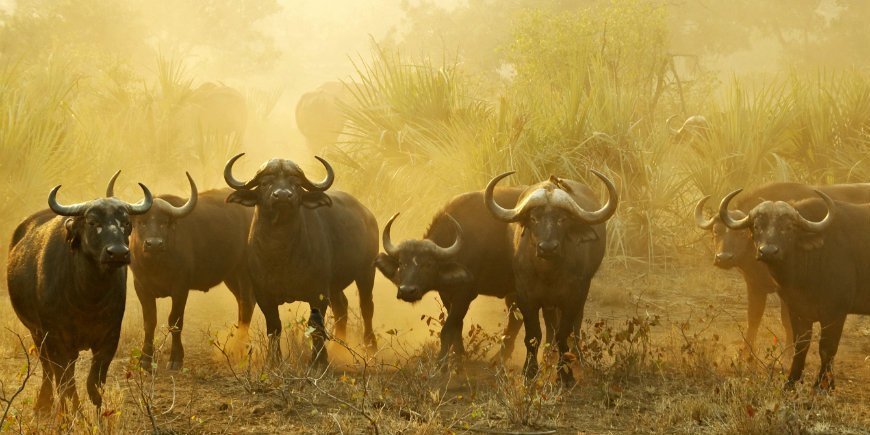
The buffalo is a large animal, reminiscent of the cow. It lives in large numbers in most of Africa, and it is possibly the most dangerous of “the Big Five” to man.
Did you also know that: The buffalo is not a territorial animal? However, it will fight for better rank in the herd and to win the favour of female buffaloes.
If you want to see the buffalo, you need to look for it in forest areas and on the savannah.
If you wish to see “The Big Five”, you can travel to popular safari destinations such as Tanzania, Kenya and South Africa. In addition, you can see one or more of “the Big Five” in all our destinations in Africa.
There are many beautiful and well-known national parks where you can be lucky enough to experience one or more of the “Big Five” animals.


A Tanzanian safari, a must for your safari wish list. An amazing safari experience including Serengeti & Ngorongoro. A 4-star beach stay, on the beautiful beaches of Zanzibar a perfect ending.
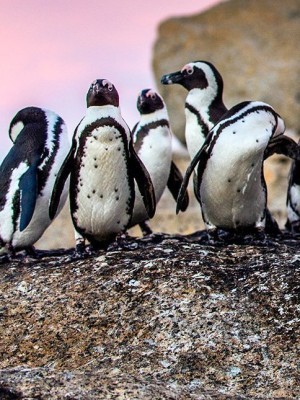

Experience the exciting and rich animal life on a safari tour in South Africa’s renowned Kruger National Park. Join a bushwalk, see the Panorama Trail and finish your tour in beautiful Cape Town.
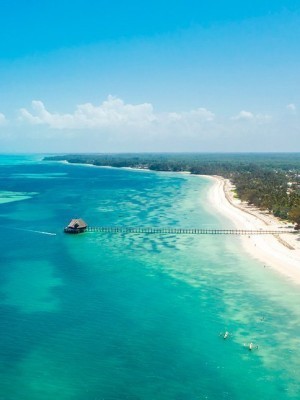

On this tour, you experience the biggest highlights of Kenya; Amboseli, Lake Naivasha and Masai Mara. The tour concludes with a relaxing holiday on the exotic island of Zanzibar.
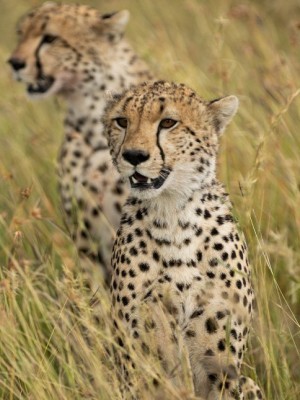

Experience Africa’s iconic animals on a short safari tour. Get up close to nature and sleep in comfortable tents on the Serengeti. The tour concludes with a beach holiday in wonderful Zanzibar.
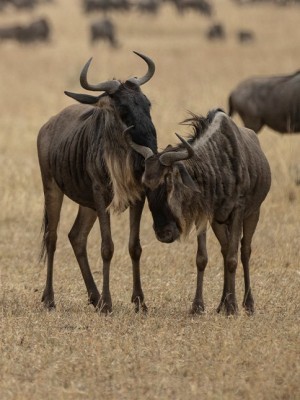

Serengeti & Masai Mara: Visit two of the world’s best safari destinations on one tour. You travel from Kenya to Tanzania – and back, from where you can choose to extend your tour with a beach holiday.
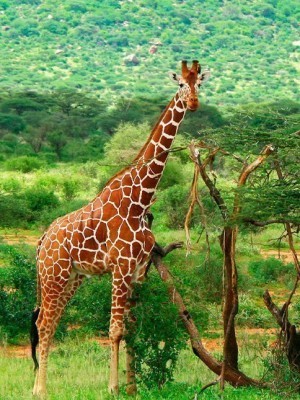

Enjoy the best of Kenya. You get up close to the nature and unique animal life in some of the country’s best national parks before digesting your experiences on white sandy beaches in Zanzibar.
During your tour, your safari guide will do everything he/she can to make sure you see all five animals. Some of the animals can be difficult to spot, so you need to keep your ears open and your eyes peeled!
If you have any questions, please contact our travel specialists. They can guide you to the best destination for you.
TourCompass – From tourist to traveller